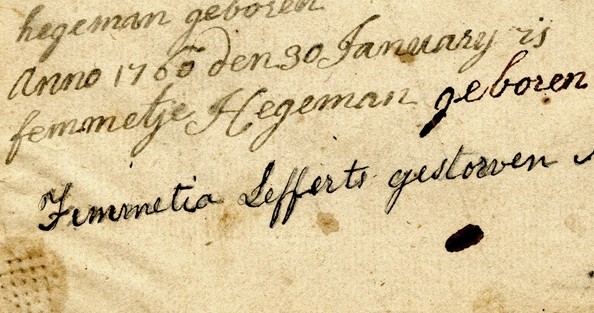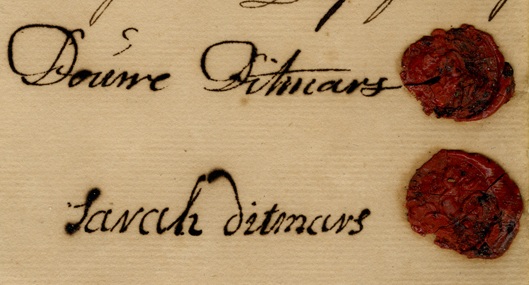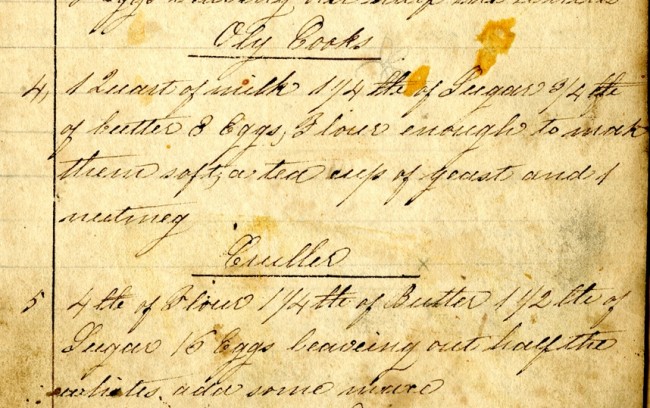“Between man and wife there has been the exhibition of love and respect, the display of mutual confidence and kindness, and that deep sympathy for each other in all the cares and anxieties of life which makes the marriage relation a realization of what God intended man and woman should be to each other.”
– Gertrude Lefferts Vanderbilt on Dutch-American marriages, A Social History of Flatbush, 1881
In the years before the American Revolution, Flatbush remained a quiet farming town of less than 1,000 people. Its residents were members of a close-knit Dutch community, tied to each other by marriage, religion, and shared traditions. Lefferts women – and the women who married Lefferts men – played important roles in the consolidation of land, wealth, and power in colonial Flatbush.
In 1784, for example, Peter Lefferts (1753-1791) married Femmetie Hegeman, who hailed from another Dutch family that owned land adjacent to the Lefferts family’s Flatbush homestead. Using the personal ties to the Hegeman family that his new marriage provided, Peter Lefferts arranged to purchase additional acreage from the Hegeman family, expanding the Lefferts homestead significantly.
Women were also important chroniclers of everyday life in colonial and nineteenth-century Flatbush. Pages pressed into Dutch family bibles show how families recorded the births and deaths of generations of Leffertses. Handwritten cookbooks passed recipes from generation to generation. While primary sources about colonial women tend to be sparse, the Lefferts family papers allow glimpses of women’s everyday experiences when Flatbush was a small rural outpost.
Learn More
How did women’s property rights change under the English rule?Before the 1664 English takeover of New Netherlands, Dutch-American women held significant property rights. Wives were considered co-owners of family property, and daughters were entitled to half of their parents’ estate. Under English common law, the women of Kings County saw many of these rights curbed. Widows were entitled only to a third of their husbands’ real property, and sons received inheritance priority. Many Dutch families, however, maintained more egalitarian inheritance practices even after the establishment of English rule.
The recipe books in the Lefferts family papers offer important details about women’s domestic labors in eighteenth- and nineteenth-century Brooklyn. The handwritten recipe book excerpted to the left was most likely compiled by Maria Lott Lefferts (1786-1865) and her daughter Gertrude Lefferts Vanderbilt (1824-1902). Many of the recipes collected in this book, , are traditional Dutch dishes brought over from the Netherlands and handed down through generations. Others, like Indian Pudding and Oyster Pie, reflect the use of local ingredients like corn and oysters. Over time, Lefferts women would have had to adjust their recipes to accommodate changing ingredients and techniques. For example, pearlash, a leavening agent included in a number of these recipes, fell out of use by the 1840s, and was replaced by baking soda. Recipe books like this one allowed Lefferts women to record the experiences and expertise of their mothers and grandmothers, and to adjust family recipes for continued use.




